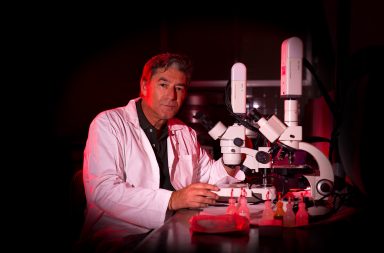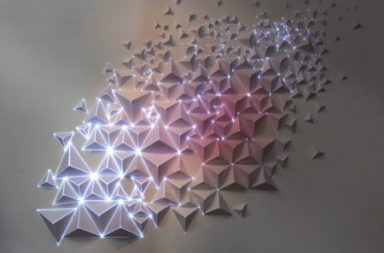In “Blow Up”, Ori Gersht presents a marriage of traditional art and photography’s capacity to freeze time with a high-speed camera. By freezing flowers in liquid nitrogen, he then blew the arrangements up, capturing an uneasy beauty in destruction.
#Cultural Data
The liquid nitrogen is a compact and readily transported source of dry nitrogen gas, as it does not require pressurization. Further, its ability to maintain temperatures far below the freezing point of water makes it extremely useful in a wide range of applications, including:
- in cryotherapy for removing unsightly or potentially malignant skin lesions such as warts and actinic keratosis
- for the immersion, freezing, and transportation of food products
- for the cryopreservation of blood, reproductive cells (sperm and egg), and other biological samples and materials
- as a coolant: for CCD cameras in astronomy; to maintain a low temperature around the primary liquid helium cooling system of high-field superconducting magnets used in e.g. nuclear magnetic resonance spectrometers and magnetic resonance imaging systems
- in food preparation, such as for making ultra-smooth ice cream. The culinary use of liquid nitrogen is mentioned in an 1890 recipe book titled Fancy Ices, authored by Agnes Marshall, but has been employed in more recent times by restaurants in the preparation of frozen desserts, such as ice cream, which can be created within moments at the table because of the speed at which it cools food.


